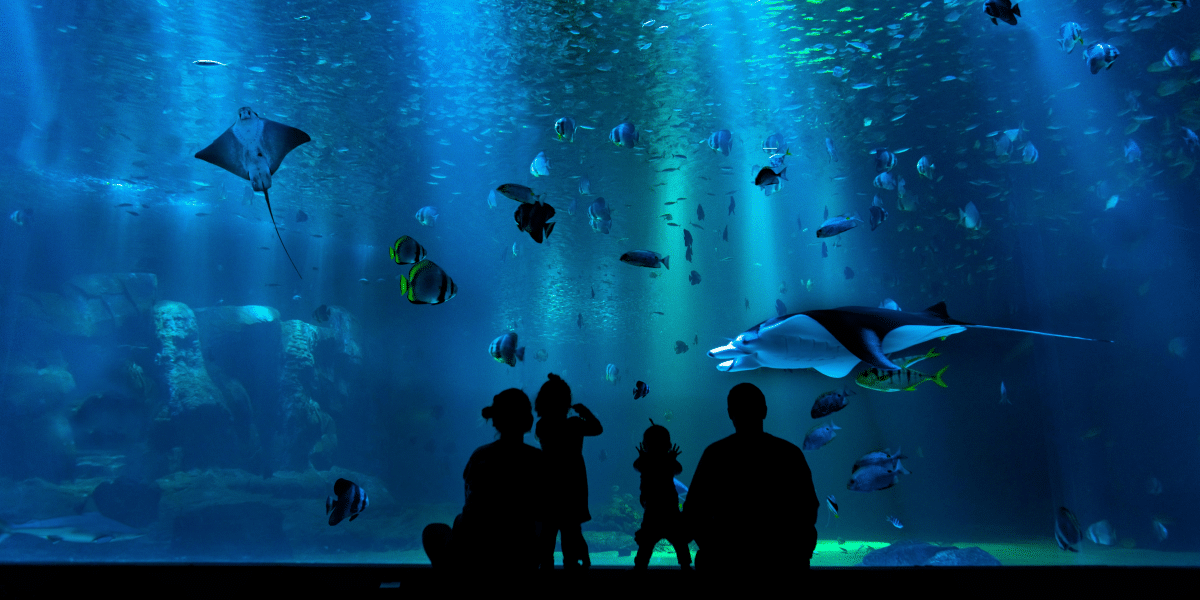Immersive environments are transforming education by offering students unique, hands-on learning experiences. With the advent of technologies such as virtual reality (VR), augmented reality (AR), and mixed reality (MR), immersive educational environments are allowing students to experience lessons in entirely new ways. These technologies are becoming essential in classrooms, enabling more interactive and engaging learning opportunities. Immersive environments in education are rapidly growing, reshaping how students learn and interact with content.
What Are Immersive Environments in Education?
Immersive educational environments involve digital technologies that create interactive and engaging learning experiences. These environments include virtual reality (VR), augmented reality (AR), and mixed reality (MR). By providing immersive learning opportunities, these environments allow students to explore content beyond the limitations of textbooks and static images.
- Virtual Reality (VR): VR creates fully immersive environments where students can engage with content by stepping into entirely digital worlds. VR is used to simulate historical events, explore the human body, or even conduct complex scientific experiments.
- Augmented Reality (AR): AR overlays digital content onto the real world, allowing students to simultaneously interact with physical and virtual elements. This makes subjects more interactive, offering immersive experiences through 3D models and interactive visuals.
- Mixed Reality (MR) blends the digital and physical worlds, offering students the ability to interact with both real and virtual objects in real time. MR enhances immersive learning by allowing students to manipulate digital content in a real-world context.
Why Are Immersive Environments Important for Learning?
Immersive environments in education offer several advantages that enhance the learning process.
Engagement and Motivation
Immersive technologies engage students by offering immersive learning experiences beyond traditional classroom activities. With VR and AR, students can interact with subjects interactively, making learning more exciting and motivating.
Real-World Simulations
Immersive environments allow students to experience real-world scenarios in a safe, controlled setting. For instance, medical students can practice surgeries in virtual environments, and engineering students can design and test prototypes virtually, which offers practical, hands-on experience.
Personalized Learning
Immersive educational environments offer personalized learning pathways. With immersive experiences, students can learn independently, revisiting complex concepts or exploring new ones independently. This personalization is one of the most significant benefits of immersive learning, providing students with control over their educational journey.
Tools and Platforms for Immersive Learning
Several tools and platforms make immersive environments accessible to educational institutions, providing a range of experiences for students and educators.
- Oculus for Education: Oculus is one of the leading platforms offering VR headsets specifically for education. These devices help bring immersive learning experiences to life, allowing students to engage in virtual field trips and simulations that would otherwise be impossible in a traditional classroom setting.
- ClassVR: ClassVR is a platform that brings VR experiences directly into the classroom. By providing an extensive library of immersive environments tailored for education, ClassVR helps educators introduce students to new subjects in innovative ways.
- Google Expeditions: Google Expeditions allows teachers to take students on virtual trips to places like the Eiffel Tower, the Great Wall of China, or the surface of Mars, creating immersive educational environments that transcend classroom walls.
How Immersive Environments Are Used Across Education Levels
Immersive environments are widely applied in all levels of education, from elementary schools to universities.
K-12 Education
In K-12 education, immersive environments help make learning more engaging and interactive. Whether exploring ancient civilizations in VR or interacting with dynamic 3D models of the human body using AR, these technologies allow students to see and experience subjects in a way that textbooks cannot provide.
Higher Education
Immersive environments are becoming indispensable in higher education for students in fields such as medicine, engineering, and design. Medical students, for example, can perform simulated surgeries in VR, giving them valuable practice without the risk associated with real-life procedures.
Special Education
Immersive environments are also beneficial for students with special needs. AR and VR technologies provide unique ways for these students to learn at their own pace and practice skills in a controlled, interactive environment that would be difficult to recreate in traditional classrooms.
Challenges to Widespread Adoption of Immersive Learning
While immersive environments offer significant benefits, there are challenges to their widespread adoption in education.
Cost and Accessibility
The cost of implementing immersive technologies can be a barrier for many educational institutions. VR and AR devices can be expensive, and many schools may need more money to invest in such technologies. Additionally, these systems often require compatible hardware and a reliable internet connection.
Teacher Training
To make the most of immersive environments, educators need training. Teachers may struggle to integrate these technologies into their curriculum without proper guidance. Training teachers to use immersive environments requires time and resources, which some schools may need more.
The Future of Immersive Education
The future of immersive education looks promising. As VR, AR, and MR technologies become more affordable, immersive environments are expected to play an even more significant role in schools and universities. With advancements in technology, immersive learning will become more accessible, enabling students to experience a greater variety of educational content in more engaging ways.
Cloud computing, 5G networks, and artificial intelligence are expected to further enhance immersive environments’ capabilities, making them more interactive and responsive. Shortly, immersive educational environments could become the norm in classrooms worldwide.
Immersive learning technologies are transforming the educational landscape. As VR, AR, and MR continue to evolve, these immersive environments offer students and educators opportunities for deeper engagement and more personalized learning. With their ability to simulate real-world experiences, provide interactive lessons, and motivate students, immersive environments are reshaping the future of education.













